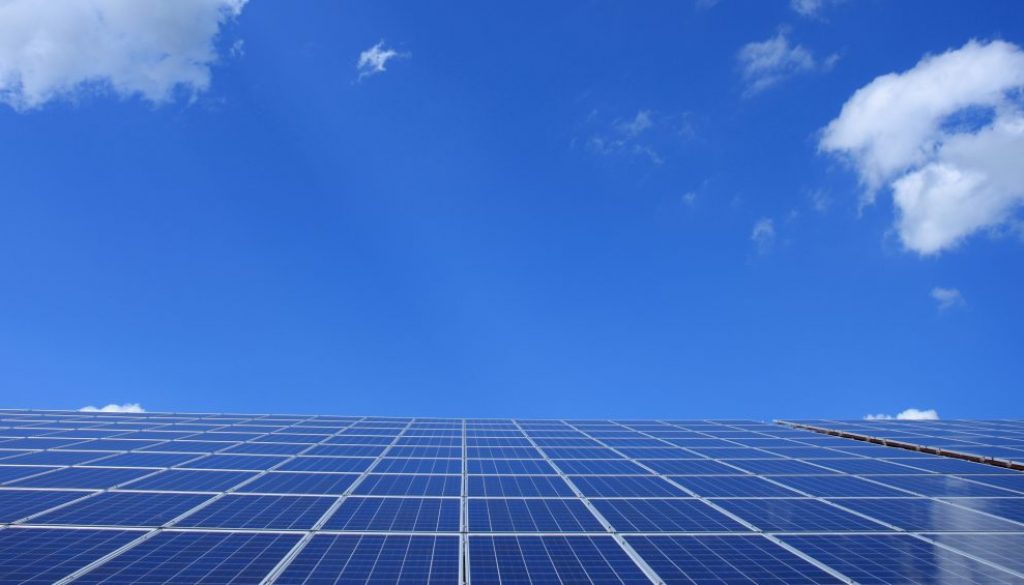In an era defined by technological advancements and increasing energy demands, the role of commercial power systems has become more critical than ever. These systems form the backbone of our modern society, providing the energy necessary to fuel businesses, institutions, and everyday life. In this blog, we will delve into the intricacies of commercial power system, exploring their components, challenges, and the innovations shaping their future.
Understanding Commercial Power Systems:Commercial power systems are complex networks designed to generate, distribute, and manage electrical energy for commercial and industrial purposes. These systems typically involve a combination of power generation sources, transmission infrastructure, and distribution networks. The primary goal is to ensure a reliable and efficient supply of electricity to meet the diverse needs of businesses and organizations.Components of Commercial Power Systems:
Power Generation: Commercial power systems often rely on a mix of energy sources, including fossil fuels, renewable energy, and nuclear power. The choice of power generation depends on factors such as cost, environmental impact, and resource availability.Transmission Infrastructure: High-voltage transmission lines carry electricity over long distances from power plants to distribution centers. Transformers play a crucial role in stepping up or stepping down the voltage for efficient transmission.Distribution Networks: Once electricity reaches local areas, distribution networks take over, delivering power to businesses and residences. Substations further regulate voltage levels for safe and reliable use.Smart Grid Technology: Advancements in technology have led to the integration of smart grid solutions. These systems leverage digital communication and automation to enhance efficiency, monitor energy consumption, and respond to changes in demand in real-time.
Grid Reliability: Ensuring a stable and reliable power supply is a constant challenge, given the variability in demand and the need for continuous energy availability.Energy Storage: The integration of renewable energy sources, such as solar and wind, brings the challenge of energy storage. Effective storage solutions are essential to balance supply and demand fluctuations.Cybersecurity Threats: With the increasing reliance on digital technologies, commercial power systems face cybersecurity risks. Protecting critical infrastructure from cyber threats is a top priority.Environmental Impact: Balancing the need for energy with environmental sustainability is a delicate task. Striking a balance between meeting energy demands and reducing the carbon footprint is crucial.
Renewable Integration: The ongoing shift towards renewable energy sources is transforming commercial power systems. Investments in solar, wind, and hydropower contribute to a more sustainable and diversified energy mix.Energy Storage Solutions: Advancements in battery technology and other energy storage solutions are addressing the intermittent nature of renewable sources, providing a means to store excess energy for use during peak demand.Digitalization and IoT: The implementation of digital technologies and the Internet of Things (IoT) is revolutionizing power systems. Smart meters, sensors, and real-time data analytics enhance grid management and optimize energy distribution.Microgrids: Microgrids, localized energy systems that can operate independently or in conjunction with the main grid, offer resilience and flexibility. They provide a viable solution for ensuring power availability during grid outages.


Leave a Reply